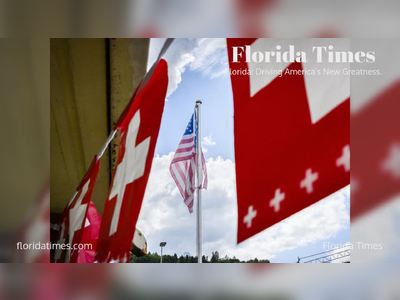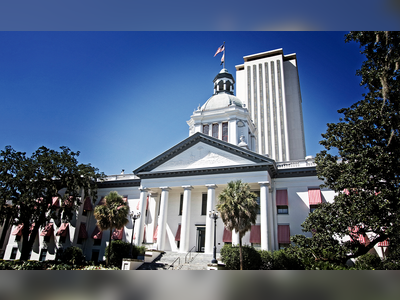First Brands Group Files for Bankruptcy, Exposing Billions in Hidden Debt
First Brands Group, a major U.S. auto-parts manufacturer, has filed for Chapter 11 bankruptcy, revealing liabilities estimated between ten billion and fifty billion dollars, far exceeding its declared assets of between one billion and ten billion dollars. The filing marks one of the most dramatic collapses in the private debt markets in recent years.
The company, based in Ohio and controlled by businessman Patrick James, submitted its petition late Sunday in the Southern District of Texas. In the documents, First Brands did not disclose precise figures, but its liability range dwarfs its balance sheet and underscores the extent of its financial entanglements. The filing comes amid mounting scrutiny of opaque financing techniques, including invoice and inventory-backed arrangements that critics contend obscured the true magnitude of the firm’s obligations.
Earlier this year, First Brands disclosed five point nine billion dollars in long-term debt and one billion dollars in cash. But the bankruptcy disclosure suggests substantially greater exposure, fueled by off-balance-sheet structures. One analysis estimates that eight billion dollars or more in secured debt lies underneath or beyond what was disclosed.
To sustain operations, First Brands has secured one point one billion dollars in debtor-in-possession financing, which gives lenders priority access during the restructuring process. The petition also reveals that numerous affiliate companies, operating under the Carnaby Capital Holdings umbrella, have already filed related Chapter 11 cases in Texas. Those filings, signed by James in his capacity as CEO of Carnaby entities, list liabilities between one and ten billion dollars.
Market participants raised red flags when a refinancing attempt earlier this year was abruptly paused. Lenders demanded a “quality-of-earnings” review amid concerns over aggressive acquisitions funded by debt and complex supplier financing schemes. Over the past weeks, First Brands’ cash reserves diminished sharply after a creditor seized funds mid-transfer, intensifying liquidity pressures.
Debt markets responded with alarm: First Brands’ senior loans plunged, trading in the low to mid thirties (cents on the dollar) amid fears of default. Analysts caution that the full scale of exposure—particularly hidden or contingent obligations tied to factoring and inventory agreements—may yet exceed current estimates.
The company has retained leading restructuring advisers, including Lazard, Weil Gotshal & Manges, and Alvarez & Marsal, to guide the process. Creditors are contesting the extent to which collateral was overstated or shifted beyond lenders’ reach, raising fights over recovery priority.
First Brands owns dozens of aftermarket automotive brands, including well-known names in filtration, wipers, braking, pumps, and towing equipment. Disruption of its operations could ripple through the auto supply chain, affecting retailers, distributors, and original equipment makers.
The bankruptcy of First Brands illustrates how fast private credit structures can mask systemic risk. As the restructuring proceeds, the depth of disclosure, the treatment of creditors, and the viability of the business under reorganisation will determine whether this becomes a watershed moment for high-yield finance in manufacturing.










